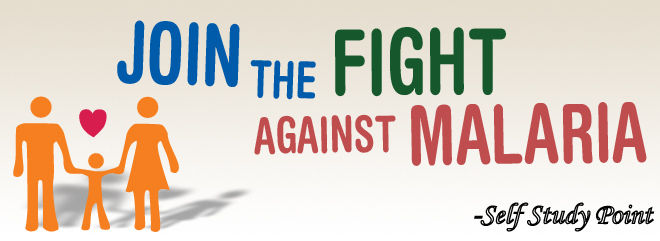
World Malaria Day (WMD) is an annual global day officiating at 25 April. It recognizes global efforts to control malaria. WMD is one of eight official global public health campaigns currently marked by the World Health Organization (WHO), along with World Health Day, World Blood Donor Day, World Immunization Week, World Tuberculosis Day, World No Tobacco Day, World Hepatitis Day and World AIDS Day.
History:
World Malaria Day was accomplished in May 2007 by the 60th session of the World Health Assembly. World Health Assembly is WHO’s decision-making body. Before to the establishment of WMD, Africa Malaria Day was held on April 25. Africa Malaria Day began in 2001, one year after the historic Abuja Declaration was signed by 44 malaria-endemic countries at the African Summit on Malaria.
Motive:
World Malaria Day allows governments and NGOs globally to work together to bring awareness to malaria in people. The day was established to provide “education and understanding of malaria” for people by authorities and governments.
World Malaria Day Themes:
Each year World Malaria Day focuses on a specific theme. This year WMD theme is “End Malaria for Good“.
Here list of previous years WMD themes:
- World Malaria Day 2016-2017 – “End Malaria For Good“
- World Malaria Day 2013-2014-2015 – “Invest in the future: defeat malaria“
- World Malaria Day 2012 – “Sustain Gains, Save Lives: Invest in Malaria“
- World Malaria Day 2011 – “Achieving Progress and Impact“
- World Malaria Day 2009-2010 – “Counting malaria out“
- World Malaria Day 2008 – “Malaria: a disease without borders“
Malaria:

Malaria is a life-threatening disease. It’s transmitted through the bite of Anopheles mosquito. Anopheles mosquitoes carry the Plasmodium parasite. When this mosquito bites you, the parasite is released into your bloodstream.
After the parasites are inside the human body, they travel to the liver, where they mature. After few days, the mature parasites enter the bloodstream and begin to infect red blood cells (RBCs). Within 48 to 72 hours, the parasites inside the red blood cells multiply, causing the infected cells to burst open. The parasites continue to infect red blood cells, resulting in symptoms that occur in cycles that last two to three days at a time.

